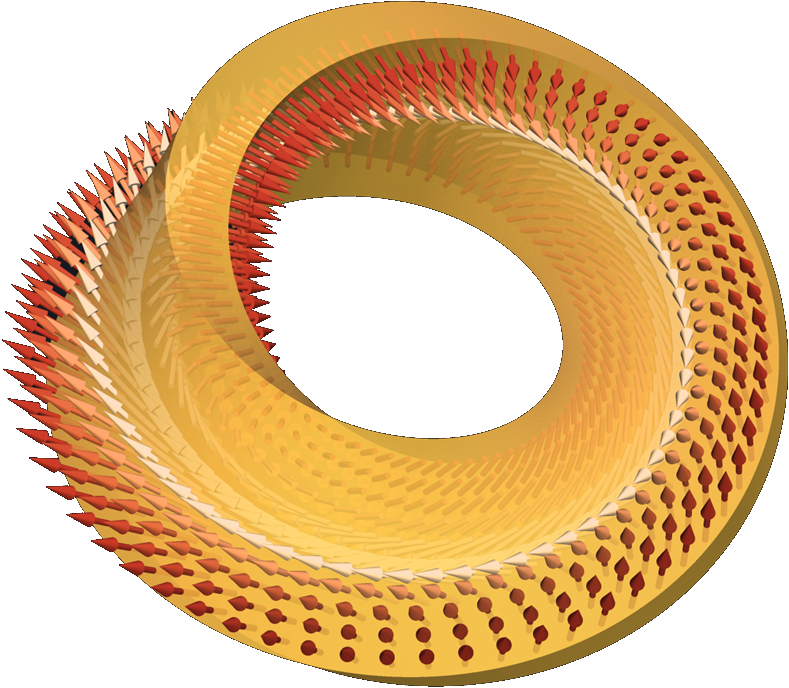Speaker
Description
Nanomagnetism has received a lot of attention in last decades due to the possibility to use nanomagnets in random access memory, data storage, spintronic and magnonic devices, and cancer therapy. These potential applications demand the understanding on the magnetization properties of magnetic nanoparticles, as from experimental as from theoretical point of view. Several works have reported the production and characterization of nanomagnets with different shapes and sizes such as rolled-up magnetic membranes, paraboloidal magnetic caps, spherical and conical nanoparticles, modulated nanomagnets, and cylindrical nanorings, nanodots, nanowires and nanotubes. The production of magnetic nanoparticles with different shapes promotes the description on how geometry influences their magnetic properties in a very important issue. Therefore, the influence of the curvature on the properties of nanosized ferromagnetic systems is a very prominent research area and is under constant investigation. Among main theoretical results in this area, one can cite the appearing of curvature-induced chiral effects, which are responsible for a symmetry breaking of a domain wall motion in magnetic helices, for stabilizing magnetization configurations with topological protection, and for an asymmetry regarding the sign of the wave vector in the dispersion relation of spin-wave propagation in ferromagnetic nanotubes. In addition, curvature afects the domain wall stability and dynamics when it is displacing along curved ferromagnetic nanowires.
In this talk, we will present the contributions that our research group has developed in this area. In particular, we will present the analysis of the non-linear sigma model in curved surfaces. In particular, we will present the influence of curvature in the charcteristic length of solitons in geometries with different curvature properties such as torus, paraboloid and hyperboloid. After, some results describing the magnetic groundstate of ferromagnetic nanotori will be presented. Finally, from the analysis of the remanent magnetization configuration in a ferromagnetic torus with large aspect ratio, we will present our recent results on the description of influence of the curvature on the winding number of vortices when they are stable configurations in geometries with positive and negative curvatures. In this context, we will present the obtention of a vortex-antivortex pair in geometries with variable curvature. Moreover, we will show that geometries with positive curvature can support vortices, while geometries with negative curvature support antivortices as the minimum energy configuration.

